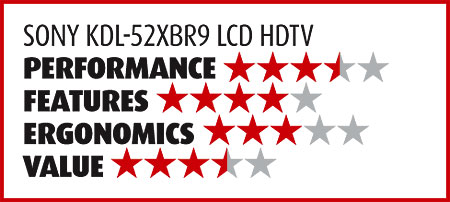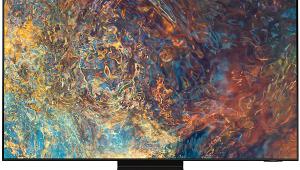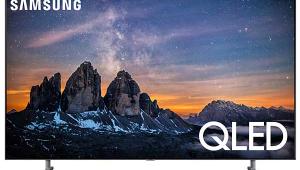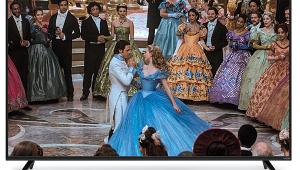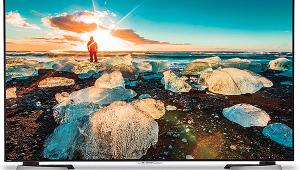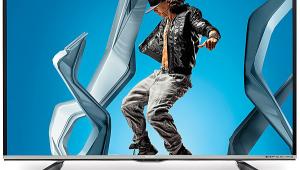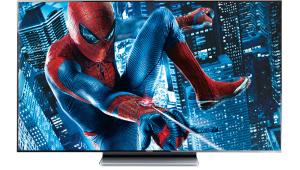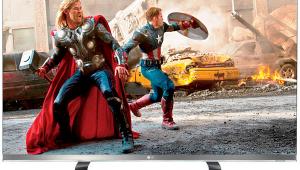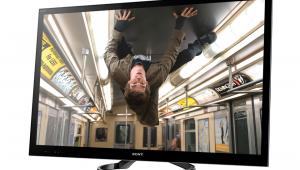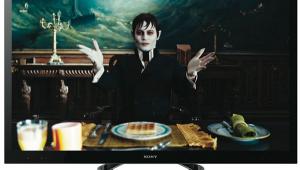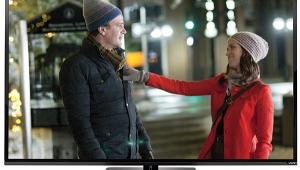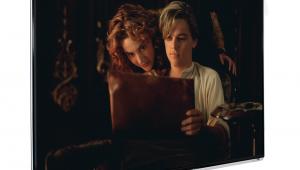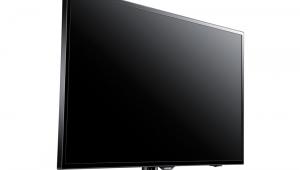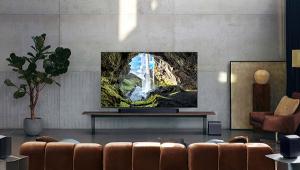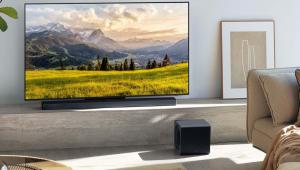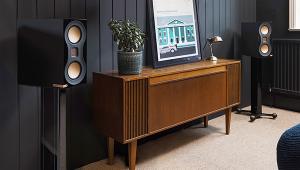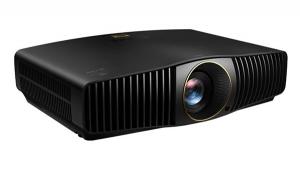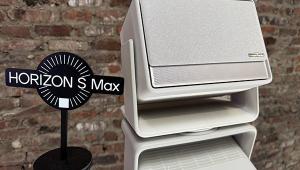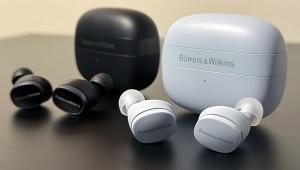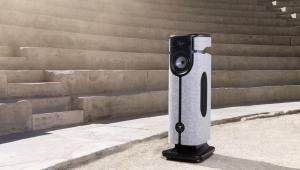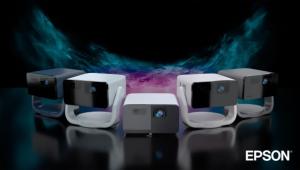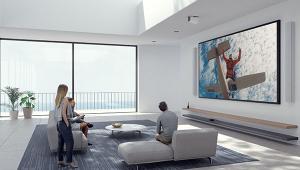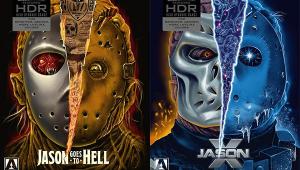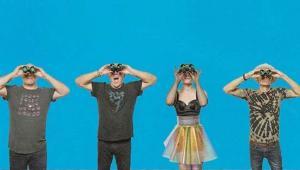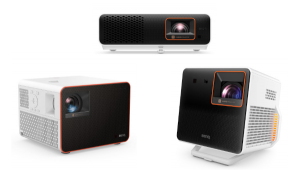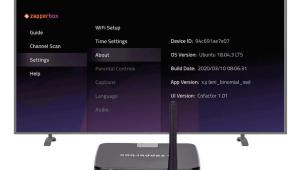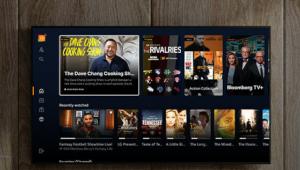Sony KDL-52XBR9 LCD HDTV Page 3
Real-World Performance
Another great test of frame interpolation occurs near the beginning of Cars on Blu-ray, when Lightning McQueen is being profiled during the race. For a few seconds, McQueen appears in front of an array of bright blue lights in a PiP inset, and the lights can look smudged if frame interpolation is engaged. On the KDL-52XBR9, it was as clean as a whistle with Motionflow set to Standard or High. Either setting certainly sharpened motion detail in the race sequence. In fact, I saw no discernible difference between these two settings throughout my testing.
The Stargate: Continuum Blu-ray has some great tests of black level and shadow detail. The black of space in the opening title sequence looked reasonably deep, and it doesn’t last long enough to trigger the drop in black level I saw earlier. Shadow detail in chapter 3 as the Achilles steams across the Atlantic was adequate but not stellar. Otherwise, detail and color were superb.
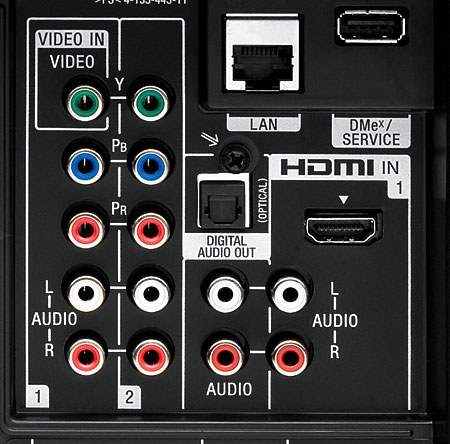
Next up was The Patriot on Blu-ray. The green and yellow cornfields, golden late-afternoon sunlight, red British uniforms, and skintones were rich and vibrant—perhaps a bit too vibrant, so I turned down the color saturation a couple of clicks. Detail in blades of grass, the texture of wood and stone buildings, and freckles and facial pores was outstanding, and the shadow detail in the night scene as the British search the plantation was quite good.
Next, I turned to DVD and watched some of Moulin Rouge. This title features riotous colors, especially the dance-hall girls’ costumes, which were artfully rendered along with natural skintones. Likewise, detail in the flyover shots of Paris was as good as DVD gets, and shadow detail in Christian’s dingy apartment was nothing to sneeze at.
In addition to Blu-ray and DVD, I looked at some online content. I connected the TV’s Ethernet jack to the studio’s broadband connection, which provides a download speed of 6 megabits per second. The first time I tried to access this content, the TV displayed a message that it required a firmware update, which took about 15 minutes. After that, it took a few more minutes to populate the Internet video guide with pointers to the available content.
 In all, there are 24 channels of online content from providers such as CBS, Wired, Amazon VOD, YouTube, and Yahoo. At press time, Sony anounced that Netflix will go live as a BIV content partner in October, and deals with other providers are certain to follow. I started with YouTube, where you can search for things using the numeric keypad—each number is assigned several letters, just like a phone keypad. You can expand the video image to full screen, with windowbox bars for 4:3 content. Picture quality of the standard-def things I saw was pretty bad—very soft with lots of jaggies and macroblocking.
In all, there are 24 channels of online content from providers such as CBS, Wired, Amazon VOD, YouTube, and Yahoo. At press time, Sony anounced that Netflix will go live as a BIV content partner in October, and deals with other providers are certain to follow. I started with YouTube, where you can search for things using the numeric keypad—each number is assigned several letters, just like a phone keypad. You can expand the video image to full screen, with windowbox bars for 4:3 content. Picture quality of the standard-def things I saw was pretty bad—very soft with lots of jaggies and macroblocking.
The standard-def Wired content looked better than YouTube, but not by much. Shots of water and flowers were full of macroblocking, edges exhibited ringing, and there was obvious banding in shots of the sky. One item is a report from CES 2009, and a panning shot across Sony’s OLED exhibit was riddled with artifacts.
The same was true of content from Timeless TV, which offers classic TV shows like Charlie’s Angels, Starsky & Hutch, Fantasy Island, and The Partridge Family from Sony Pictures Television. I was a Starsky & Hutch fan in college, so I watched a bit of that for old times’ sake, but it just wasn’t the same—I don’t remember all those jaggies!
The offerings from CBS are in 39 different folders, each with several—sometimes many—items, and many are in HD. However, most are only short clips from shows such as NCIS, CSI, Without a Trace, Cold Case, The Young and the Restless, and Numb3rs, although there are also a few full episodes. Not only that, some of the clips I watched started with a commercial that you can’t skip! The HD picture quality certainly beat all the online SD I had seen up to this point, but it still had a lot more jaggies than I see in broadcast HD.
I remain unimpressed by Internet TV. The picture quality is nowhere near as good as over-the-air broadcasts or even cable and satellite, to say nothing of Blu-ray. And if major outlets like CBS are going to offer mostly clips instead of full episodes, I’m not interested.
Conclusion
The KDL-52XBR9 is a fine LCD HDTV. Its black level is lower than most conventionally backlit LCDs, shadow detail is quite good in general, and overall detail and color are excellent. And its 240-Hz frame interpolation does a great job sharpening motion blur. The calibration drift shouldn’t be a problem with full production sets.
I’m still not a fan of the XMB menu system, although Sony has improved it slightly in this generation. And I’m definitely not a fan of the online content I’ve seen so far. Finally, the overt dynamic darkening I saw after my second firmware update has me a bit concerned. But in every other respect, this is a worthy contender for your flat-panel dollars.
